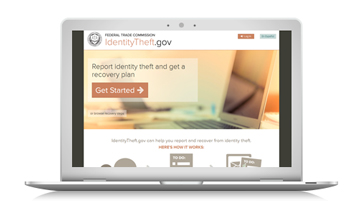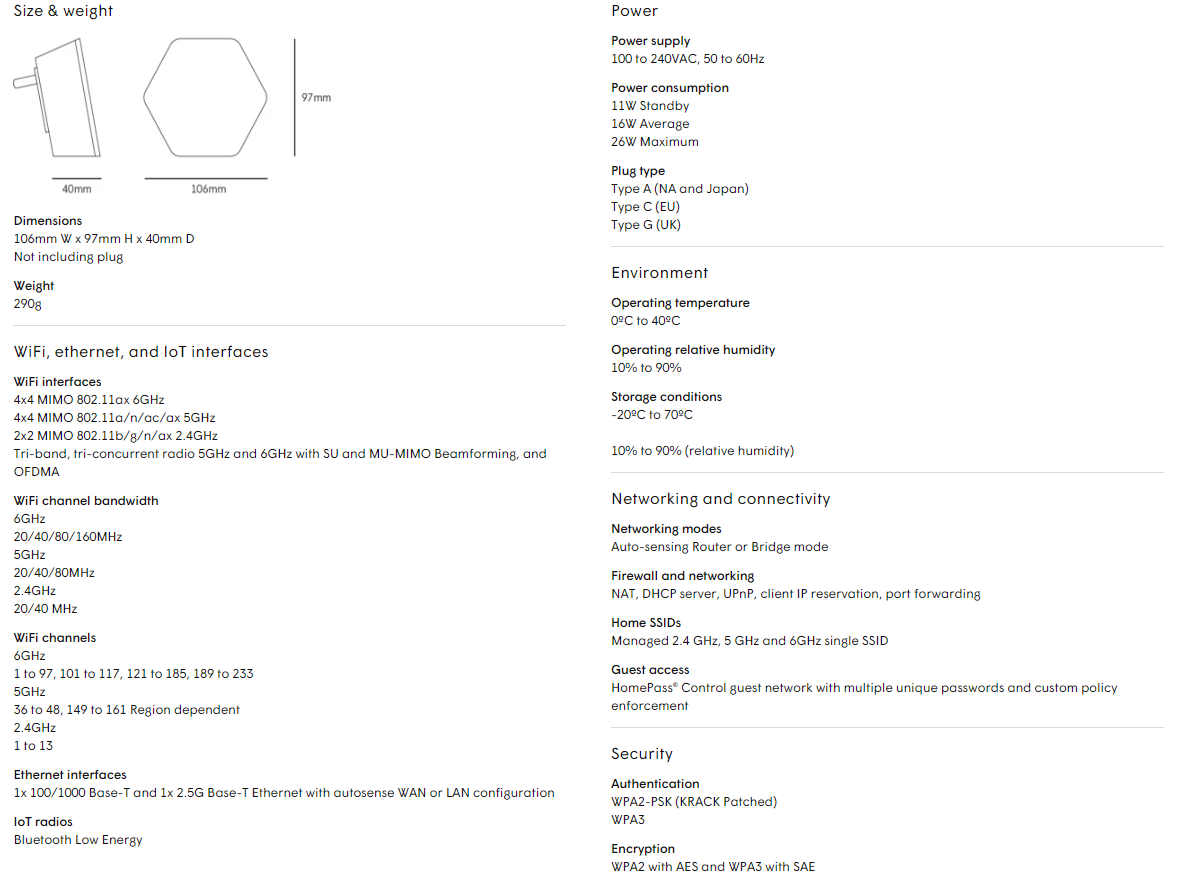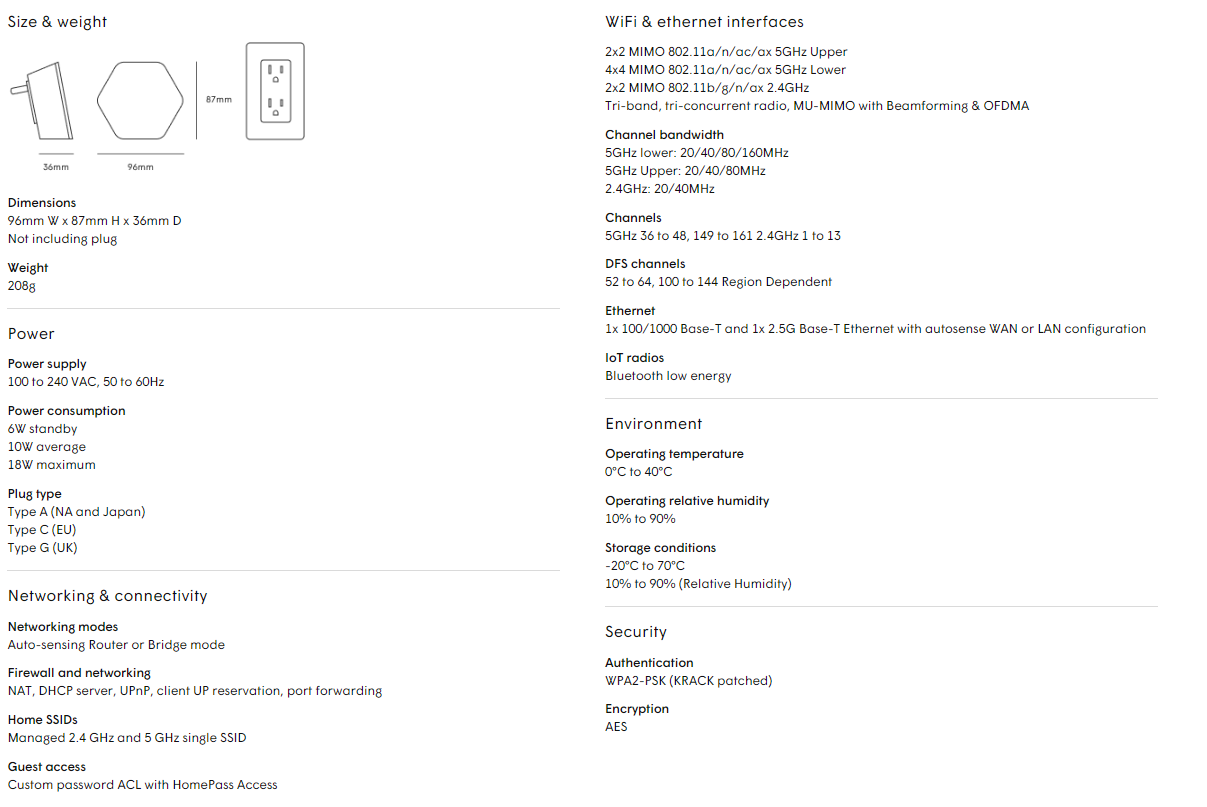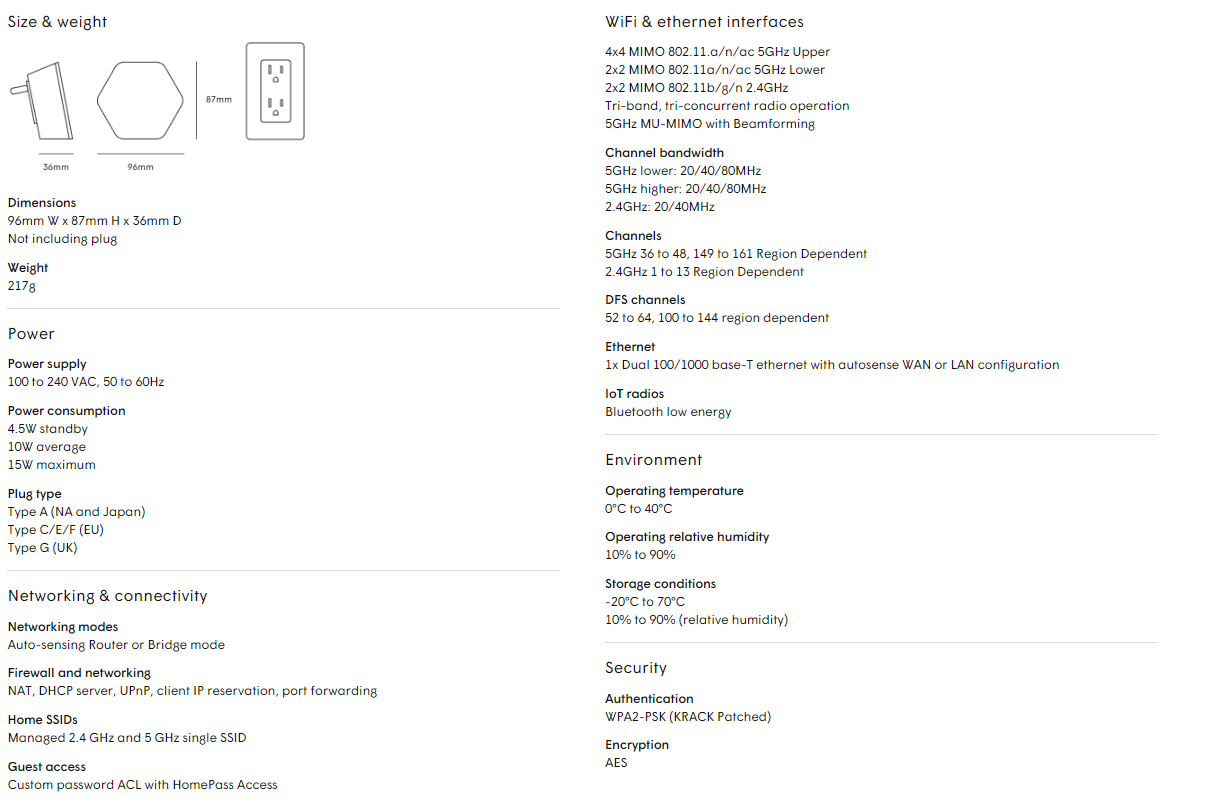Identity theft occurs when someone steals your personal information—such as your name, Social Security number, or financial details—and uses it without your permission. This can lead to financial loss, damage to your credit, and stress as you work to restore your identity.
To help you stay informed and secure, we’ve compiled a collection of resources to explain identity theft, how it happens, and, most importantly, how to protect yourself from becoming a target. Explore the resources below to safeguard your identity and take control of your personal information.
Protecting Your Identity
What can you do to keep your personal info secure? Are identity protection services worth the cost? What about credit freezes? Check out the FTC’s identity theft articles to find out.
What is Identity Theft? | How To Spot, Avoid, and Report Identity Theft
Recovering from Identity Theft
 Is someone using your personal information to open accounts, file taxes, or make purchases? Visit IdentityTheft.gov, the federal government’s one-stop resource to help you report and recover from identity theft.
Is someone using your personal information to open accounts, file taxes, or make purchases? Visit IdentityTheft.gov, the federal government’s one-stop resource to help you report and recover from identity theft.
IdentityTheft.gov offers detailed advice to help you fix problems caused by identity theft, along with the ability to:
- Get a personal recovery plan that walks you through each step
- Update your plan and track your progress
- Print pre-filled letters and forms to send to credit bureaus, businesses, and debt collectors
There’s advice for more than 30 types of identity theft. You’ll also learn what to do if your information was lost or exposed in a data breach.
Data Breach? Lost Info?
Did you get a notice that says a company lost your personal information in a data breach? Did you lose your wallet? Or learn that an online account was hacked? Here are steps you can take to help protect yourself from identity theft.



